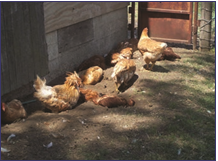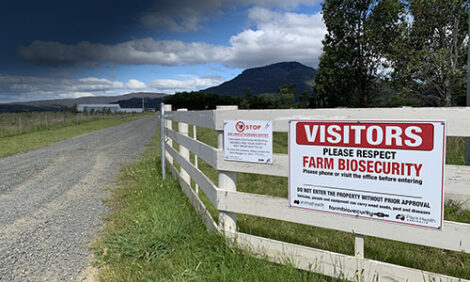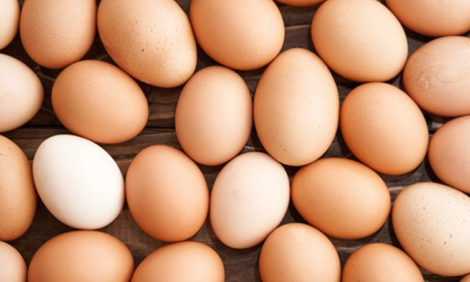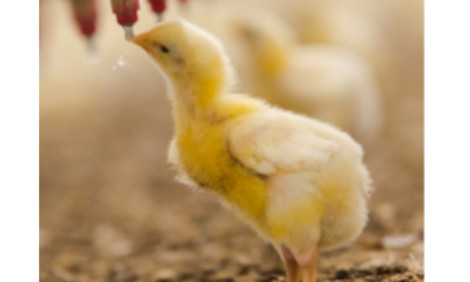



US Poultry Industry Manual - housing options for raising laying hens
Learn more about cage, cage-free and free-range housing for layersPart of Series:
< Previous Article in Series Next Article in Series >
Editor's Note: The following content is an excerpt from Poultry Industry Manual: The Foreign Animal Disease Preparedness and Response Plan (FAD PReP)/National Animal Health Emergency Management System (NAHEMS) Guidelines which is designed to provide a framework for dealing with an animal health emergency in the United States. Additional content from the manual will be provided as an article series.
Cages
Cage systems or “battery cages” are used to house 95% of laying hens in the United States. “Battery” refers to a collection of cages. Most cages on commercial egg farms hold 5 to 10 laying hens. Cage systems consist of enclosures constructed of wire mesh arranged in rows and stacked in multiple (4 to 8) tiers in “high rise” or manure belt houses. Approximately 71% of commercial chicken houses in this country are “high rise” houses with two levels - chickens on the upper level and a manure pit on the lower level beneath the cages. Fully or partially offset cages with wire mesh floors in a stair-stepped “A” frame configuration allow droppings to fall into a deep pit below the cages without passing through cages in lower tiers.

Partially offset cages use a dropping board or plastic shield to protect chickens in cages on lower tiers. In highrise houses, manure forms cones beneath each row of cages and manure removal may occur only once per year. About 22% of chicken houses are “manure-belt” houses with a conveyor belt below each tier of cages. In manure belt houses, manure is removed daily and stored in a separate building. Watering, feeding, and egg collection are completely automated.
Enriched Colony Cages
Chickens in “enriched” or “furnished” cages have access to curtained nest boxes, perches, an abrasive strip to reduce excessive growth of claws, and an area for pecking, dust-bathing, and scratching. Dust pans are frequently placed on top of the nest boxes. Enriched colony cages house 40-60 hens and provide approximately 50% more space per hen than traditional cages.
Cage-Free
Cage-free systems include both floor-raised (deep litter) and aviary systems. Chickens in cage-free systems are kept indoors but do not reside in cages and have access to communal nest boxes with automated egg collection, perches, and litter. Floor-raised chickens are kept on a single level (the floor) which consists of 1) a slatted-floor area over a shallow manure pit or manure belt and 2) a litter area over a solid floor. Feeders, waterers, and low perches are placed on the slatted floors. Chickens in aviary systems have access to multiple tiered plastic-slatted or welded wire platforms on each side of the house separated by a solid floor covered with litter. Feed, water, perches, light, and automated nests with egg belt collection are usually available on the tiered platforms. Drinkers are frequently placed in front of the nests to encourage chickens to use the nests. Each tier may have a manure belt. Platforms are “stair-stepped” so that chickens can easily jump from one level to the next. Approximately 5% of eggs produced in the United States are from cage-free systems.

Free Range
Chickens in free range systems have at least some time each day when they are given access to an outdoor area. Most free range chicken houses have doors along the sides which are opened later in the day after most eggs have been laid and closed in the evening. The outdoor area may range from an open pasture to a fenced perimeter area extending along the sides of the house. About 1.8% of laying hens in the United States are raised under organic, free range conditions.
Reference: "USDA APHIS | FAD Prep Industry Manuals". Aphis.Usda.Gov. 2013. https://www.aphis.usda.gov/aph...
The manual was produced by the Center for Food Security and Public Health, Iowa State University of Science and Technology, College of Veterinary Medicine, in collaboration with the USDA Animal and Plant Health Inspection Service through a cooperative agreement.















